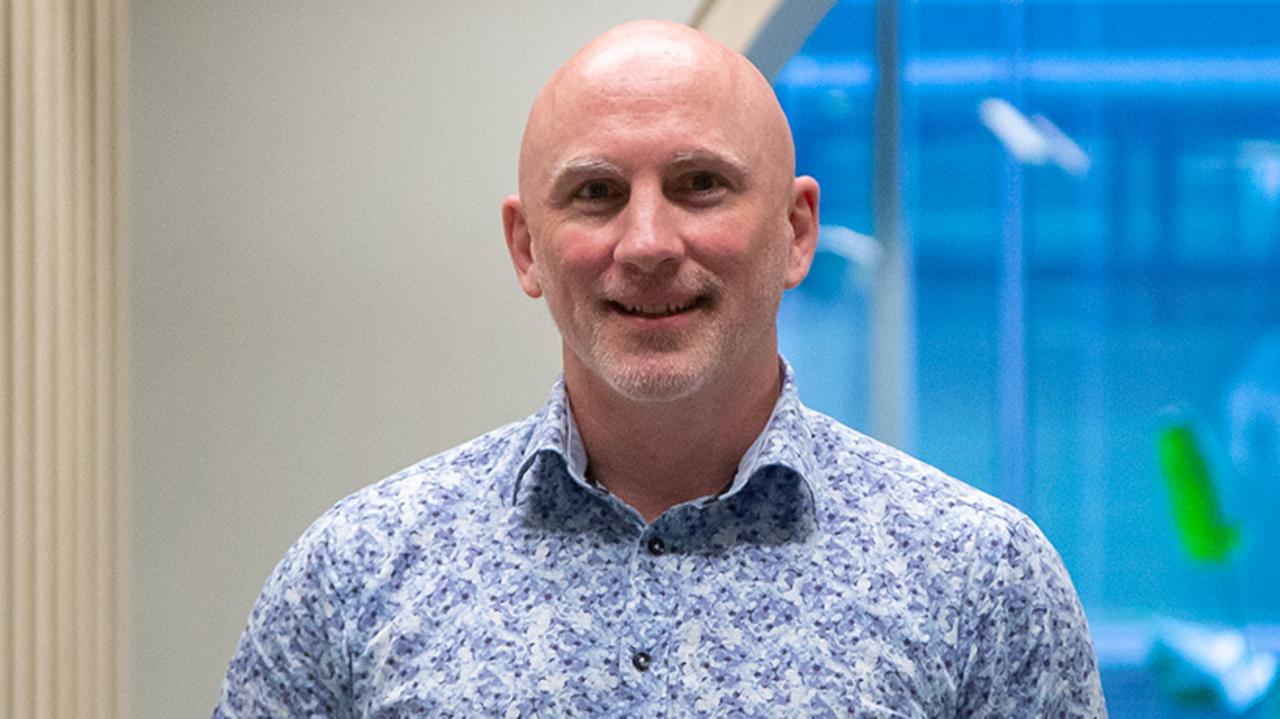What’s your chronotype? How the best two hours of your day can improve your life
Working with our body clock is important if we want to achieve the best results in our working life. Find your peak of the day.
SmartDaily
Don't miss out on the headlines from SmartDaily. Followed categories will be added to My News.
Do you naturally wake up close to dawn or do you dive for cover and grab another couple of hours of shut eye?
If you’re naturally an early riser, experts say your chronotype is a ‘lark’.
If you’re the person sleeping soundly under the doona until late morning, you’re an ‘owl’.
And somewhere in between these two chronotypes are the ‘middle birds.’ They naturally wake
around 7am and represent more than 60 per cent of Australians.
Our chronotype is mostly genetic and finding a job and routine that fits our natural
chronotype can make the day less exhausting and more productive, says Dr Amantha Imber,
founder of behavioural science consultancy, Inventium.
“We have peaks and troughs in our energy levels over a 24-hour period,” Imber says.
“Knowing your chronotype means you know how to get the best out of yourself – you’ll
know when you will perform better at work, you’ll be more likely to achieve your health and
fitness goals, and you’ll perform better socially, too.”

Productivity coach, Donna McGeorge, agrees that working with our body clock is important
if we want to achieve the best results in our working life.
“I encourage people to think about their best two hours – if you’re a morning person, then
your best two hours could be from 8am to 10am or from 11am to 1pm. That’s when you
should tackle the most challenging tasks that require mental intensity – it’s not the time to
tidy your desk or go through emails,” McGeorge says.
“Protect those two hours of your working day as much as you can. If someone sends you a
meeting request for that time, don’t automatically default to accepting the invite. Can you
suggest another time to meet outside your best two hours? It doesn’t mean that you can’t
be responsive and available if needed, but as much as you can, protect those two hours for
intense work.”
Most people know when they feel their most energetic, but you can check by monitoring
how alert you feel each hour of the day, and giving yourself a score out of 10. Or you can
reflect back on your day and identify when you felt most productive. Do those patterns fit
the lark, owl or middle bird chronotype?
OPTIMAL PERFORMANCE
Researchers across the world have studied chronotypes to help people optimise their
performance.
One Finnish study found that compared to larks, owls may be twice as likely to underperform because the 9 to 5 work day is stacked against their chronotype.
“About 20 per cent of people are owls and they do their best work when schools and offices
are traditionally closed. If you’re self-employed or working from home, you may have more
flexibility but owls often struggle with 9 to 5 jobs,” Imber says.

McGeorge says the increasing push to work from home, or to work from anywhere, presents
greater opportunities for people to organise their work and social life around their
chronotype.
“The 9 to 5 work construct is a couple of centuries old. There is no benefit in forcing early
birds to stay at work until 5pm when they do their best work early in the day. Similarly,
companies will benefit from allowing owls to begin their working day at lunchtime and finish
later,” she says.
“Everyone wins if we pay more attention to the clock in our body rather than the one on the
wall.”
WHEN YOU’RE AT YOUR BEST
Larks:
Deep or focused work between 7am and 11am
Less demanding work from 11am to 2pm
More deep work from 2pm to 4pm.
Middle birds:
Deep or focused work from 9am to noon
Less demanding work from noon to 3pm
More deep work from 3pm to 5pm
Owls:
Deep or focused work from 4pm onwards
Less demanding work from 1pm to 4pm
More deep work from 10am to 1pm

THE SINGING OWL
Georgie Russell, 27, has the perfect job for her chronotype – she’s a professional singer
and musician who does most of her best work late into the evening.
“Even when I was six or seven years old I remember being in Dad’s study with him late at
night while he worked. He’s in the corporate world and is wired like me to be most alert
later in the day.
“I naturally wake up at 10am and spend the first hour having breakfast and doing household
chores. In the afternoon I start working – writing music and warming up my voice ready to
perform in the evening. I might record in a studio or have a gig that will start about 9pm.
“When most people are thinking about going to bed, I’m at my peak. I finish around midnight
and go to bed around 2am.”
Russell says she suffered in her old job in mortgage broking.
“I had to be at my desk at 9am. That’s a struggle when you can’t sleep until 2am! Luckily, my partner is also an owl so we operate on the same schedule.”
Originally published as What’s your chronotype? How the best two hours of your day can improve your life




